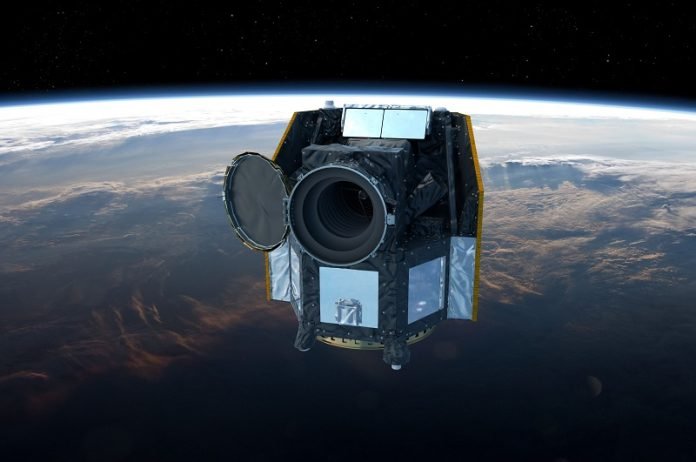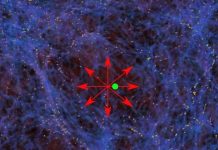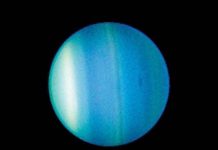
An international team of European astronomers, using the CHEOPS space telescope, has successfully detected the presence of four new exoplanets.
These mini-Neptunes, which are smaller and cooler than previously discovered exoplanets, pose a greater challenge to astronomers.
Led by researchers from the University of Bern and the University of Geneva, these findings have been published in prestigious scientific journals.
The role of CHEOPS and TESS
CHEOPS, a joint mission by the European Space Agency (ESA) and Switzerland, has been instrumental in making highly precise measurements and contributing to significant discoveries in the field of exoplanets.
By observing the dimming of starlight caused by planets passing in front of their host stars, known as “transits,” scientists have identified thousands of exoplanets.
The team combined data from CHEOPS with NASA’s TESS satellite to detect elusive exoplanets.
Cracking the elusive exoplanet code
Researchers used the synergy between CHEOPS and TESS to study two stars, TOI 5678 and HIP 9618, suspected to host exoplanets.
Although TESS had observed single transits around these stars, it couldn’t provide conclusive evidence of planet presence. CHEOPS, as a follow-up mission, focused on these stars to gather missing information.
Scientists developed a method to avoid wasting observation time by playing a “hide and seek” game with the planets, ultimately confirming the existence of two exoplanets.
Understanding the discovered exoplanets
The confirmed exoplanets, TOI 5678 b and HIP 9618 c, are mini-Neptunes with sizes comparable to Neptune or slightly smaller.
They have orbital periods of 48 and 52.5 days, respectively. By combining CHEOPS data with ground-based observations using the radial velocity technique, researchers determined the masses of the planets: 20 and 7.5 times the mass of Earth, respectively.
This information helps scientists deduce the density and composition of the planets.
Unveiling the composition mystery
Determining the composition of mini-Neptunes is challenging. Scientists have hypotheses that these planets could be rocky with a gas-rich atmosphere or water-rich with a steamy atmosphere.
The newly discovered exoplanets orbit bright stars, making them ideal targets for future observations using the James Webb Space Telescope (JWST). The JWST may help unravel the composition riddle by studying the atmospheres of these planets.
An exciting step towards earth-like planets
Unlike the “Hot Jupiters” observed so far, which are large and hot exoplanets orbiting close to their stars, the four newly discovered planets have moderate temperatures ranging from 217 to 277ºC.
These conditions allow clouds and molecules to exist, providing potential clues about their atmospheres. Furthermore, these discoveries pave the way for future observations of Earth-like planets that transit their host stars.
Using the CHEOPS space telescope and data from the TESS satellite, astronomers have successfully identified four mini-Neptunes, expanding our understanding of exoplanets.
These discoveries highlight the ongoing quest to explore distant planetary systems and study their diverse characteristics.
The findings not only provide insights into the composition of mini-Neptunes but also offer promising targets for future observations with advanced telescopes like the JWST.
Source: University of Bern.



